Meet the most amazing nerve in your body. The 10th cranial nerve. A.K.A the vagus (wandering) nerve, the longest nerve in your body.
I first came to understand the vagus nerve through my Sensorimotor Psychotherapy training. The vagus nerve, made famous by Stephen Porges and his Polyvagal Theory, enables you to love, feel empathy, socially bonding, and have your gut instincts and be perceptive. It determines social engagement. It's worth getting to know, especially if you work with trauma or therapeutically.
The Polyvagal Theory has shed light and enlarged our understanding of nervous system function, attachment issues and trauma responses.
When there is a neuroception of safety, the myelinated branch of the 10th cranial nerve (the ventral vagus), inhibits the fight/flight trauma response of the sympathetic nervous system to activate the social engagement system.
The vagus nerve runs from the hypothalamus area of your brain, (which links the nervous system to the endocrine system), through your throat (tongue, jaw) and chest and diaphragm. It wraps around your heart and solar plexus and continues into your stomach and all your digestive organs. It connects and influences your key energy centres, your third eye, throat, heart, solar plexus and second chakras.
Psychotherapists intentionally work with their client's social engagement system through voice tone, proximity, quality of eye gaze, and body language. Yet, these aspects of relating play out in all relational exchanges and can help explain the quality of connection we develop with certain people, and also why other people trigger us.
Working with movement, breath and touch actively also engage the vagus nerve. For example, qi gong healing sounds and yogic breathing activates key ventral vagal outlets, eyes, lips, and jaw. Touch releases oxytocin, and gentle movement can discharge tension which is a cause and result of sympathetic activation. This is why yoga and embodied movement practice prove so therapeutic.
My latest experiment is making eye contact and smiling at strangers. Here I'm actively working with my social engagement system, and secretly playing with someone else’s!
We are so lucky to live in a time that supports and extends a truly holistic psychological approach to healing and wellbeing. Psychotherapy has so much to offer spiritual and movement practices, and the same is true in terms of these practices offer the field of psychotherapy. Let's keep sharing, practicing and integrating!

